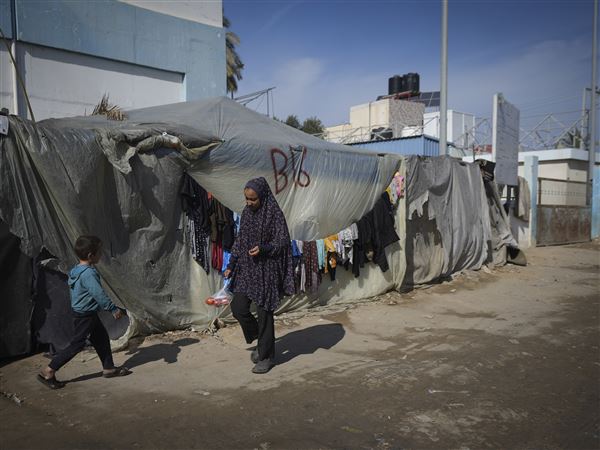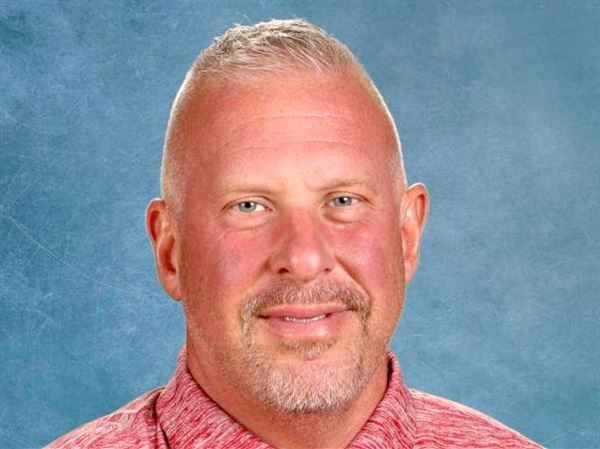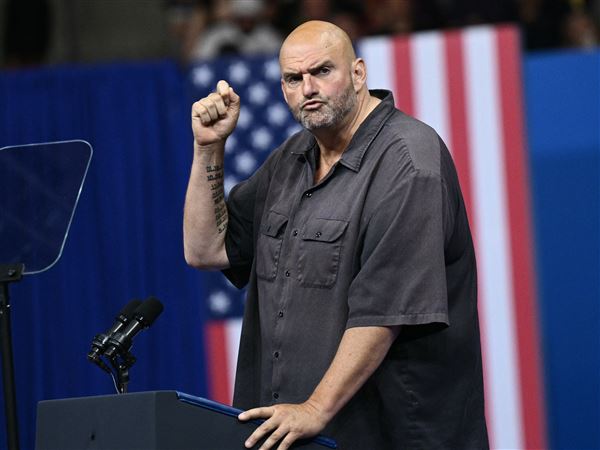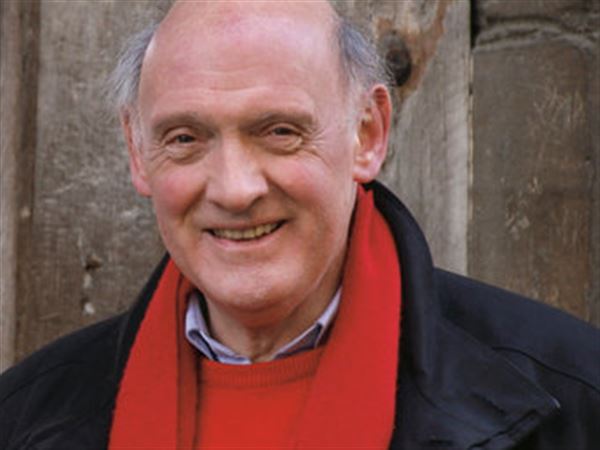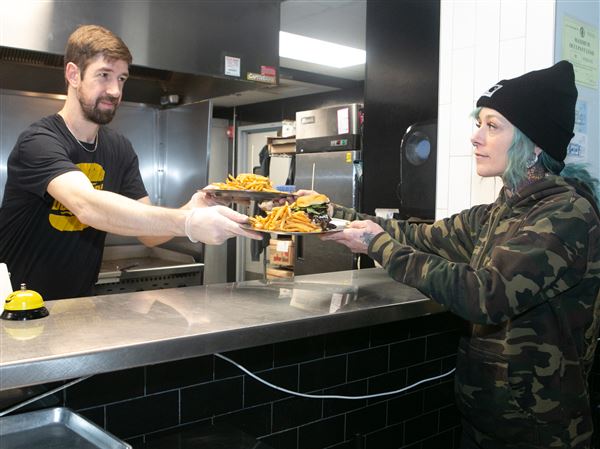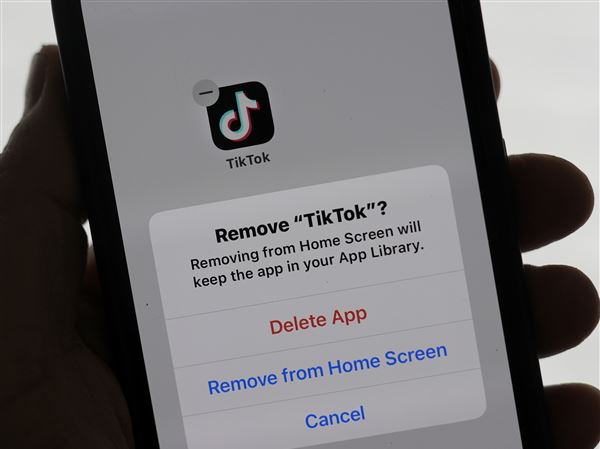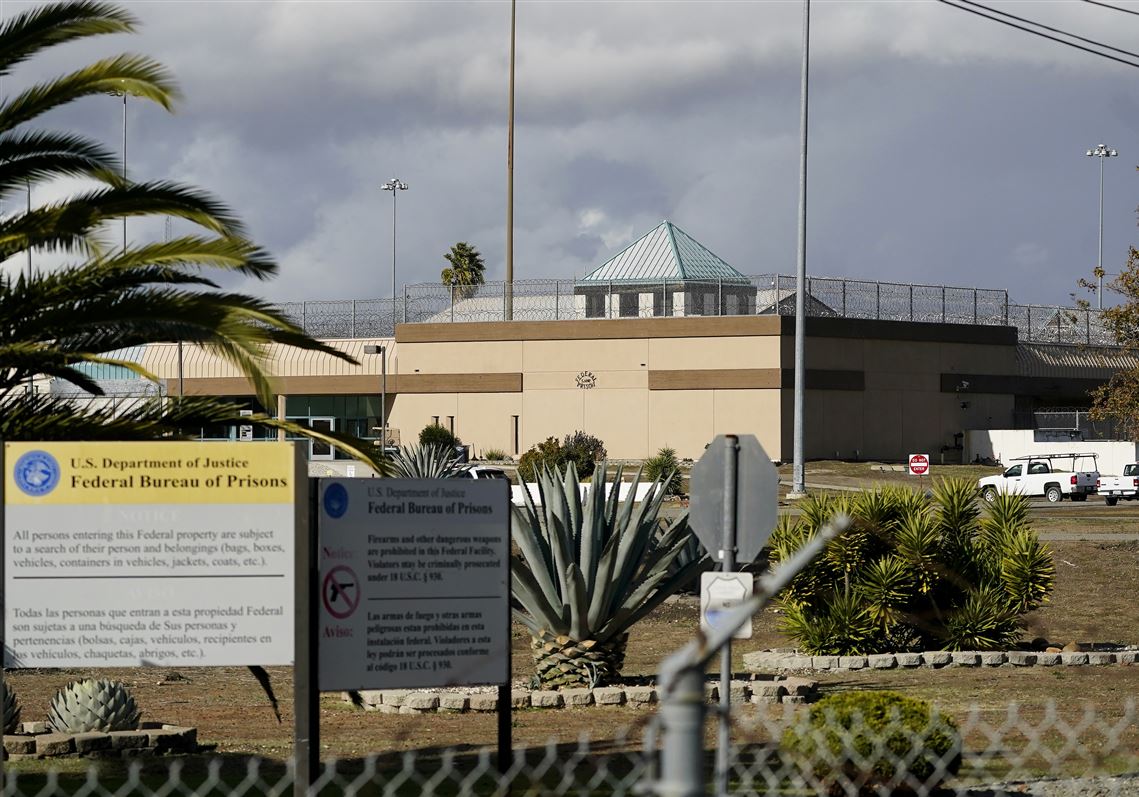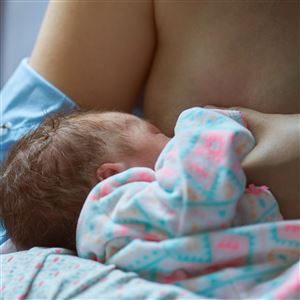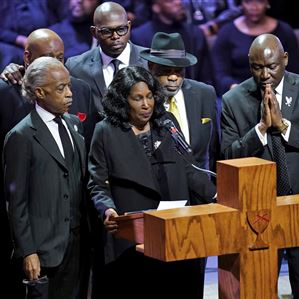In the shadows of the 1994 Crime Bill, America's criminal justice system has become a sprawling maze of incarceration, more of a trap to the people incarcerated than a path to their reintegration into society. It's a system that's broken families, stifled communities, and hasn't done a great job stopping the cycle of crime it claims to combat.
Just look at the numbers: our nation’s prisons and jails hold close to two million people, marking an astounding 500% increase over the last 40 years. Further, of the more than 700,000 men and women released each year, 68% will find themselves reconvicted within three years — a figure that jumps to over 80% within five years.
America can learn about prison from Australia and New Zealand, which are facing significant challenges with their rapidly expanding prison populations, among the fastest-growing in the world.
More in prison, new ideas
In Australia alone, the adult prison community has surged by roughly 50% over the past decade, reaching nearly 43,000. Compounding the issue, recidivism rates stand alarmingly high, at approximately 40% in New Zealand and 45% in Australia.
Innovative approaches are being explored to tackle this, including introducing two private prisons under contracts explicitly designed to reduce reoffending rates. These contracts offer incentives to ensure that a lower number of individuals find themselves back behind bars.
Let’s look first at New Zealand, a country known for its stunning landscapes and, as it turns out, an innovative approach to corrections.
The Auckland South Corrections Facility, a private prison, stands out because of its philosophy: an outcomes-based model that measures success by how well the facility prevents reoffending. The result? A more than 36% reduction in reoffending.
The American system, state and federal, doesn't adopt performance-based contracts for prisons. New Zealand’s offers bonuses for surpassing government prisons in reducing recidivism, with even greater rewards for achieving lower reoffending rates among indigenous populations.
These contracts also hold private prison companies financially accountable for failures, including riots, escapes, and unnatural deaths, incentivizing a focus on safety and effective rehabilitation.
Australia’s Ravenhall Corrections Facility, a private prison facility, also thrives on reducing recidivism. Their contract with the Australian government includes a yearly bonus if Ravenhall’s recidivism rates are lower than that of other facilities.
They can receive a bonus of up to $2 million (Australian) if they reduce recidivism rates by 12% and even more if they reduce recidivism among indigenous populations. This incentive structure has encouraged private prison companies to prepare incarcerated people for a better future.
Vital examples
Why are these examples so vital to us? Because they shatter the notion that the traditional prison, which functions as a holding area or warehouse, is the only way to treat the incarcerated.
They challenge us to ask: If businesses and CEOs, teachers and school districts, and doctors and hospitals are judged by their outcomes, why not our prisons and justice programs?
New Zealand and Australia show us the value of aligning financial rewards with a prison's success in lowering crime rates by preventing future offenses. Our nation can achieve the same results, if we shift from a system obsessed with punitive measures to one that champions rehabilitation and results.
But here's the problem: despite the clear benefits of focusing on outcomes — safer communities, reduced taxpayer burden, and most importantly, transformed lives and stronger families — the United States is still lagging behind. Instances of regression have been noted across the country, from the reinstatement of previously repealed punitive measures in Louisiana to the rolling back of progressive policies in states like Oregon.
This highlights a widespread reluctance to embrace a comprehensive, outcomes-based approach to rehabilitation. Our justice system remains a relic of a bygone era, slow to adopt the proven, innovative strategies that Australia and New Zealand have shown can work.
Let's rally for a justice system that's more Silicon Valley startup than a bureaucratic monolith. Let's demand transparency, accountability, and, above all, outcomes that give individuals the tools they need to succeed post-release. The point of a second chance is to provide a real shot at a new beginning.
Powerful opportunity
Australia and New Zealand show us the transformative power of meaningful opportunity. It's time we listen, learn, and leverage these lessons to build a justice system that genuinely believes in second chances.
Everyone deserves the chance to turn their story around, to be judged not by their past mistakes but by their future possibilities.
Kellie Walenciak is the head of global marketing at Televerde.
First Published: April 25, 2024, 9:30 a.m.

